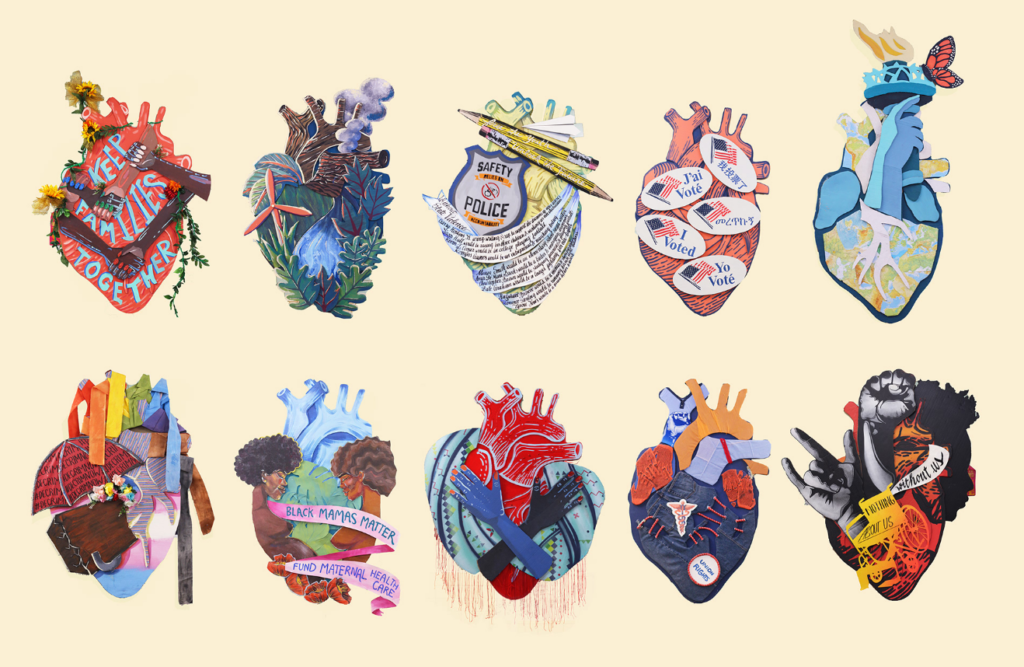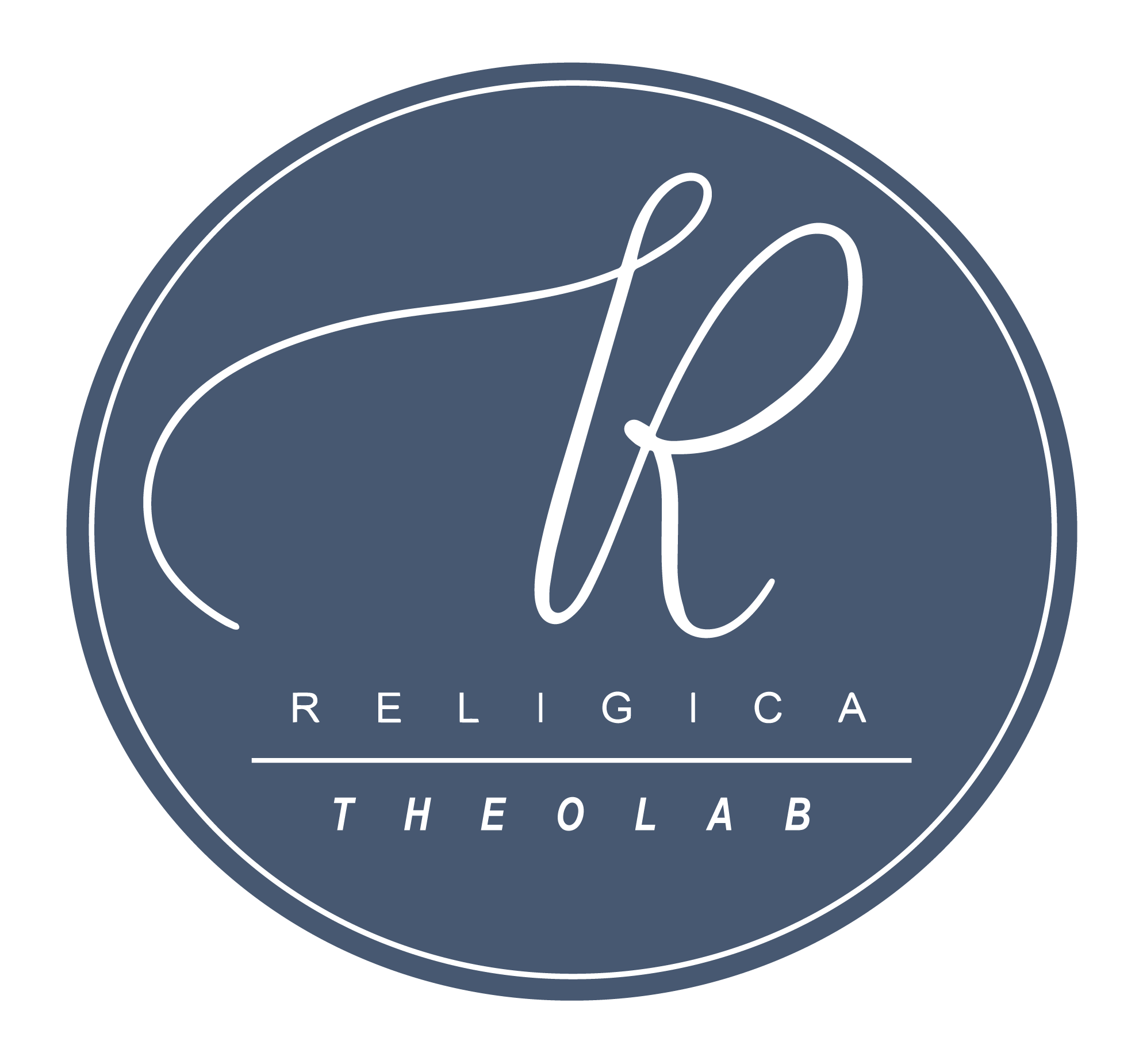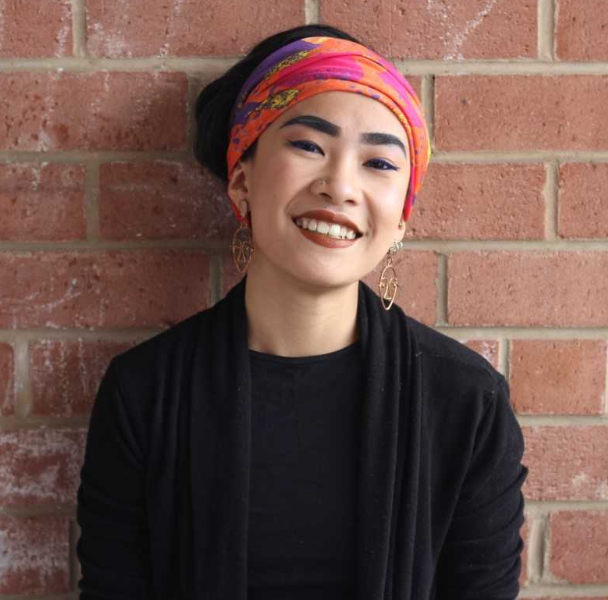Audre Lorde once said: “The master’s tools will never dismantle the master’s house.” This is why we constantly have to learn the process of decolonizing our body and our tools. Living in a patriarchal, heteronormative, capitalist, Euro-centric and white supremacist world, we consciously and unconsciously learn oppressive ideas and behaviors that uphold dominant culture and retain the paradigm of the oppressor and the oppressed. The process of decolonizing our identities involves recognizing our privileges, unlearning these ideas and behaviors, and revising the pre-colonial communal spiritual values that our ancestors practiced. This varies depending on different cultures and their history of colonization/imperialism, but for me it includes the practice of centering communities over individuals, spirituality over materials, and people over monetary values.
The same process needs to occur with our approaches and tools to dismantle oppressive systems. To view art as a collective justice tool, I believe it’s important to redefine art in ways that are more accessible to our communities. In Vietnam, around 600 BCE, Trong Dong (bronze drum) became one of the first recognized art forms in the country. On the surface of Trong Dong, our ancestors carved their spiritual practices and rituals, as well as daily lives in the villages. For generations, we’ve able to see the traditions of our ancestors, as well as their spiritual beliefs that greatly affect those of ours. This was how I first started learning about the arts – as the bridge that connects me to my ancestors, my roots, and my land. Art for me has always simply been about the act of creation, which translates our human experiences into a physical form that can be experienced by others. Art transforms what is individual into something that is communal.
However, as the meaning of art changed through the history of colonization and capitalism, the idea of art, creating art, and exchanging art has become more inaccessible. When I was pursuing my art degree in a liberal arts college in North America, I was required to take art history classes. These classes were supposed to inform me about the history of arts globally, and different art movements that emerged over time, so I could choose a direction and genre for my artwork. From Renaissance, impressionism, cubism, to modernism, almost every single artist we studied was white cis-male, with a very small number of white cis-female artists. On our field trips to museums, I always struggled to find women artists and artists of color – queer artists of color were almost impossible to find. A recent study of 18 reputable museums by the math department of Cornell University found that: “The four largest groups represented […] in terms of gender and ethnicity are white men (75.7%), white women (10.8%), Asian men (7.5%), and Hispanic/Latinx men (2.6%). All other groups are represented in proportions less than 1%.”
With this history of colonialism, the same issues affect my communities in Vietnam. Recognized contemporary artists are mostly cis-male, whose arts are heavily impacted by Eurocentric and capitalist values. Constantly being taught about the arts as an expression and extension of whiteness, male-ness, colonialism and imperialism, I had grown to dislike the art industry. I could never see myself creating works that would end up in museums or galleries. I was never able to see myself creating arts for others, and at times, felt very discouraged to even create for myself.
In the summer of 2017, I started working with The Sanctuaries, DC. The Sanctuaries is an interfaith, multiracial artist community, who focus on using the arts to advance justice and shift power to communities. This was the first time I came in contact with artists of color and queer artists in North America, and was able to start the process of redefining what art meant for me. I believe that, as religious, interfaith and spiritual communities, we need to look at art as the bridge that transcends space and time, directly connecting us to ourselves, our ancestors, and our faith as well as those of other cultural and religious backgrounds.For communities to practice art as a justice tool, instead of perceiving and relying on artists as individuals, we need to look at all members of communities as artists in one way or another and encourage them to participate in this process of creating change through the creative.
A Catalyst for Community Resistance
When communities come together and create art, we are actively building power from the ground up. Art gives us the autonomy to reclaim our identities, and to re-envision our future of collective liberation. Marginalized communities have historically been relying on the arts to nurture our spiritual life and strengthen our collective voice. In the U.S., examples of the power of art to bring communities joy, pride, and help them revolutionize can be seen in Emory Douglas’ arts for the Black Panther Party, which promoted a new perception of Black beauty in America during the Black Power movement; or in the Chicanx mural movement in the 1960s and 1970s that celebrated the lives and history of Mexican-American, as well as fight for better political representation of the community. In Vietnam, in 2016, stories about a prisoner of conscience making dolls behind bars as an act of resistance and therapy made the news among Vietnamese communities abroad. This story reminded us of Vietnamese revolutionist, Ho Chi Minh, and the famous collection of poetry that he wrote in prison in 1943, after being captured in China while on his quest to free Vietnam from French colonists.
Inspired by the history of arts and social movements, I also observe and practice art as a tool of liberation in my organizing work. Recently, I had the honor to work with seven women and femme artists to create arts for 2019 Women’s March on Washington. The arts helped us practice joy, pride, vulnerability, and trust, as each of us were able to tell our stories through our crafts, and had honest conversations about navigating our identities in the oppressive system we live in. We learned from each other, celebrated each other, engaged with local communities, and were able to see and hear one another all through the arts and collaborative art making. The art we created together helped us remain resilient within our communities and our work; and when shared with others, became a tool of resistance and awareness.
Showing Up for One Another
The process of decolonizing our bodies and our tools does not just include unlearning our own oppressive habits, but also learning about others and how to show up for communities outside of our own. We need to recognize the interrelation of different oppressive structures and how they impact all communities, regardless of their relations to dominant culture; and we need to feel moved from our struggle to be heard and seen towards seeing and hearing others. In order to do this, it’s important we remain critical towards ourselves and our learning curves. When we’re sharing spaces with others, we need to give up our assumptions, judgement, what we consider to be our expertise, and instead position ourselves as active learners.
From the experiences I’ve had working with communities I was not familiar with, I learned humbleness, vulnerability, honesty and mutual accountability. Humbleness, as I was trusted to share spaces with these communities. Vulnerability, as I wear my heart on my sleeves every time I enter creative spaces, to be able to talk about my human experiences and hear those of others. Honesty, as I communicate with communities about my capacities, as well as my growing edges. And lastly, mutual accountability, as I commit to growing and sharing the responsibilities to center and shift power to communities.
This article is a slightly shortened version of an article originally published on March 15, 2019 in The Interfaith Observer.
Vy Vu is a Vietnamese artist, educator, and organizer based in Washington, D.C.. They use their arts as a tool to uplift collective voices and shift power to communities. Vy works with a variety of mediums such as painting, printmaking, digital illustration, and sculpture, tailoring their artistry to fit the needs of different communities. They hope to offer a different perspective on art as a communal process that helps communities heal, celebrate and reclaim their identities in the face of injustice. Vy believes in creating and organizing with intention, spiritual groundedness, humbleness and mutual accountability. Vy got a B.A. degree in English and Studio Art from the College of Wooster in Ohio. They currently work full-time as a Sex Educator and Youth Organizer for a local non-profit, do freelance visual art as a side hustle, and serve as a Leader at The Sanctuaries, D.C. Some of Vy’s most recent works include: creating mobilization art for 2019 Women’s March; live creating and speaking at 2018 Parliament of the World’s Religions: Justice Assembly; 2018 Reimagining Interfaith: Keynote Panel; and 2017 PICO Prophetic Resistance Summit: Reorganizing Faith Movements Panel.


